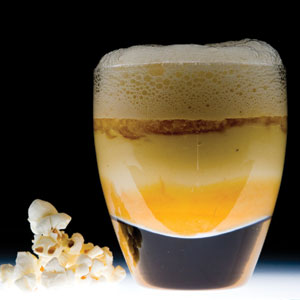Few days back i came across a sponge cake that chef Albert Adria of el bulli made for the famous series 'NO RESERVATIONS' he used this sponge cake in his dessert preparations. The amazing thing about this sponge cake was that this cake is baked in 40 seconds!! yes u heard it right its baked for 40 seconds in an microwave oven. The resulting cake is sometimes bit moist (raw sometimes) but its really fluffy and light, there are a million varieties of cakes u can bake with this technique even savory cakes too.!!
It has always been a pleasure watching him cook and here is the video for you call to enjoy it too followed by the recipe..
Ingredients
200 gms- whole eggs
25 gms- flour
20 gms- freeze dried tomato powder
salt and pepper to taste
Preperation
1- mix egg, flour and tomato powder.
2- adjust the seasoning.
3- blend into a smooth paste.
4- pour the mixture in a isi soda whip and charge it with 2 cylinders.
5- take a plastic cup and slit the bottom from 3 places with scissors.
6- fill the glass halfway with the mixture from the siphon and bake it in the microwave UPSIDE DOWN for 30 -40 seconds.
7- take the cup out and using a sharp knife release the edges of the cake from the cup and serve immediately.
It has always been a pleasure watching him cook and here is the video for you call to enjoy it too followed by the recipe..
Now that's some way of getting a cake FAST!
Here is a recipe for a savory tomato sponge cake
200 gms- whole eggs
25 gms- flour
20 gms- freeze dried tomato powder
salt and pepper to taste
Preperation
1- mix egg, flour and tomato powder.
2- adjust the seasoning.
3- blend into a smooth paste.
4- pour the mixture in a isi soda whip and charge it with 2 cylinders.
5- take a plastic cup and slit the bottom from 3 places with scissors.
6- fill the glass halfway with the mixture from the siphon and bake it in the microwave UPSIDE DOWN for 30 -40 seconds.
7- take the cup out and using a sharp knife release the edges of the cake from the cup and serve immediately.
Making this cake is a bit of TRICKY affair, but with some trials and changes you would get a perfect cake

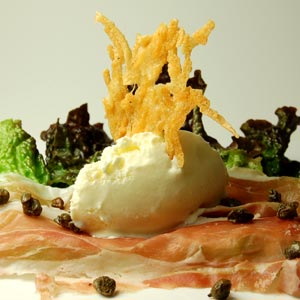
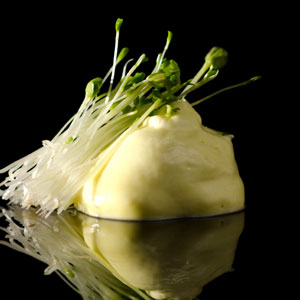
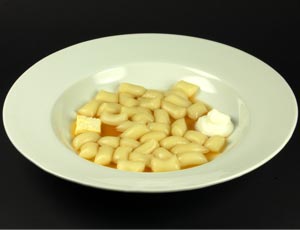
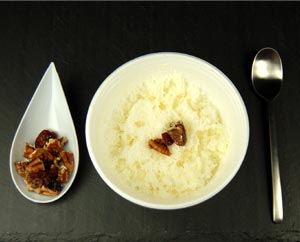 Preparation
Preparation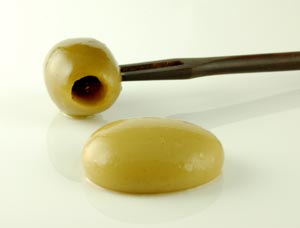
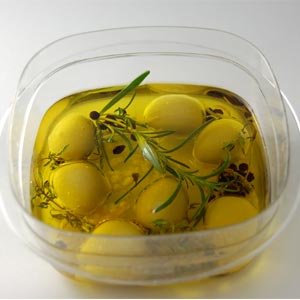
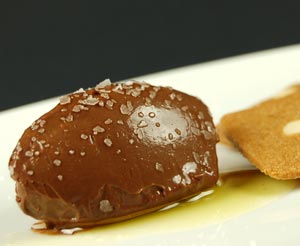
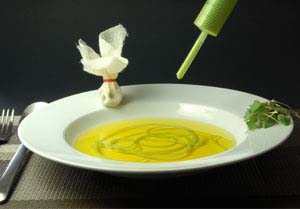
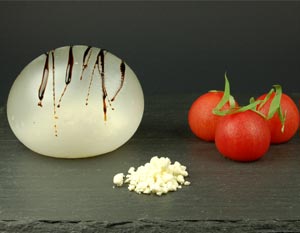 - 10 roasted garlic cloves
- 10 roasted garlic cloves